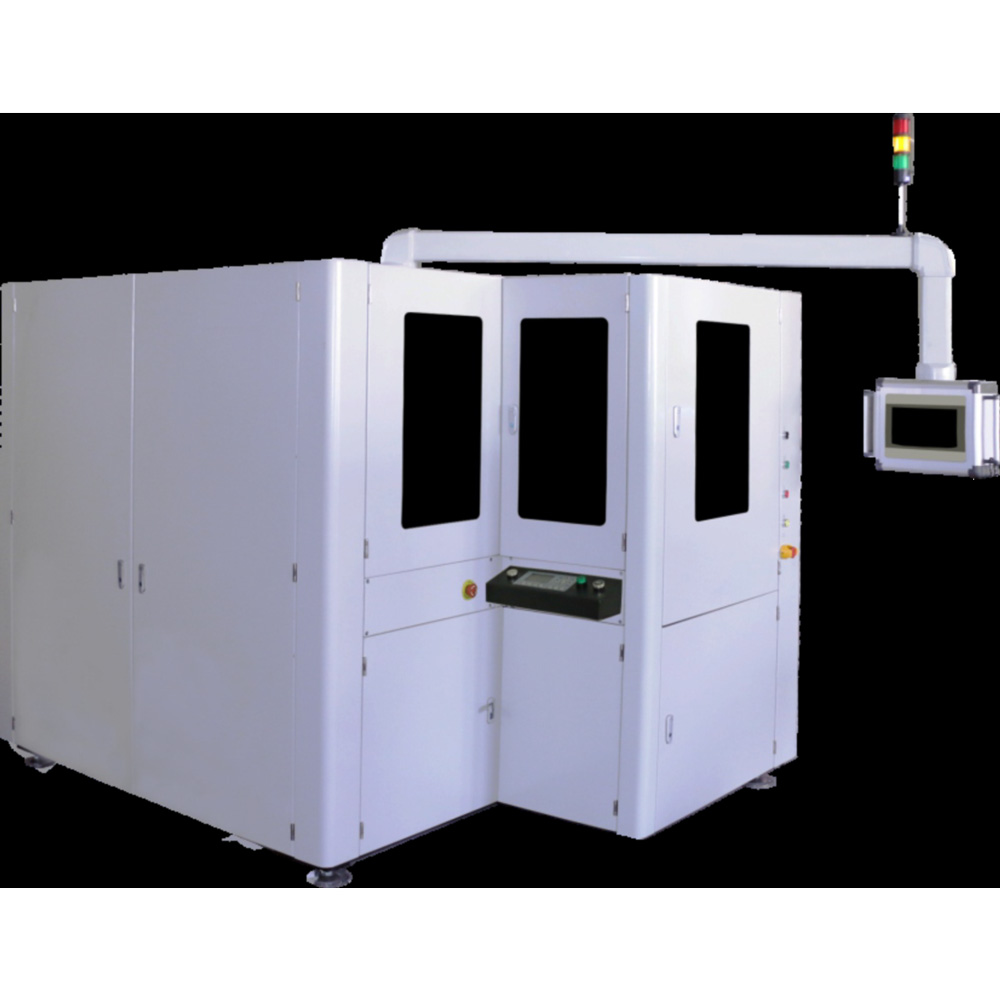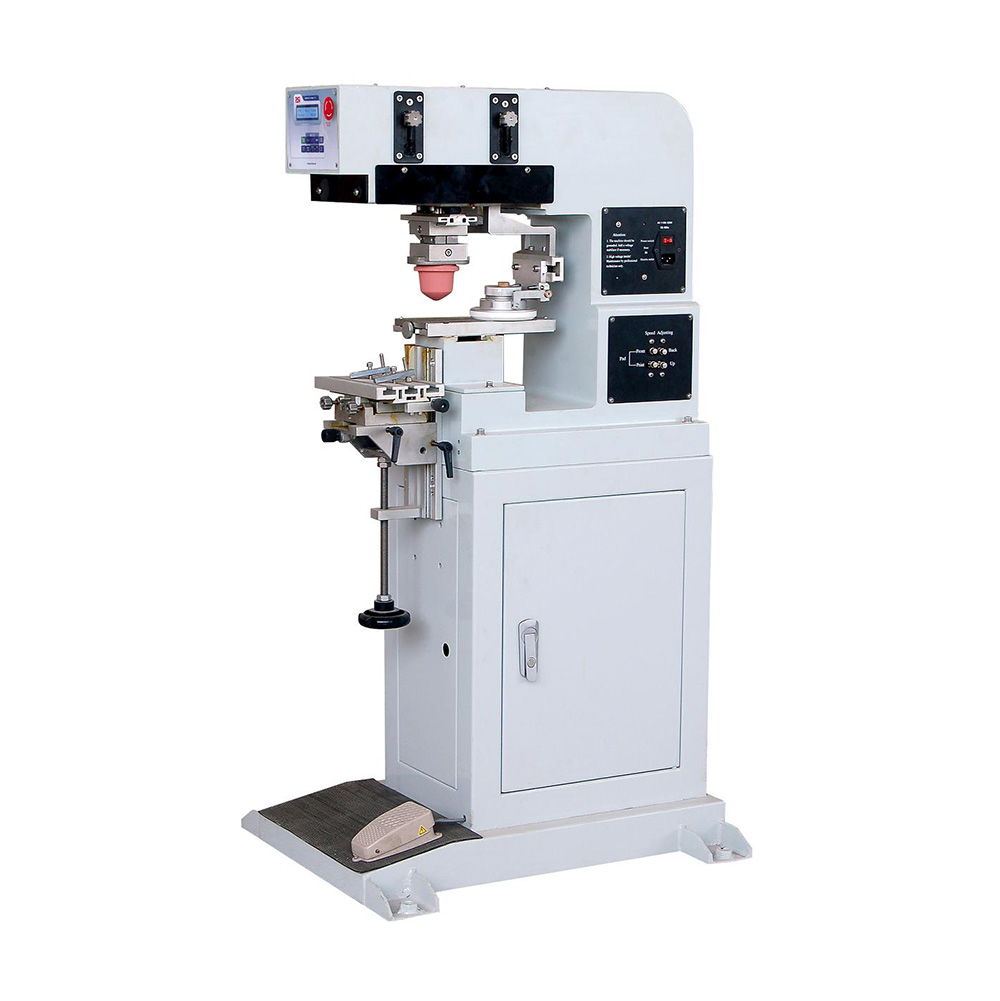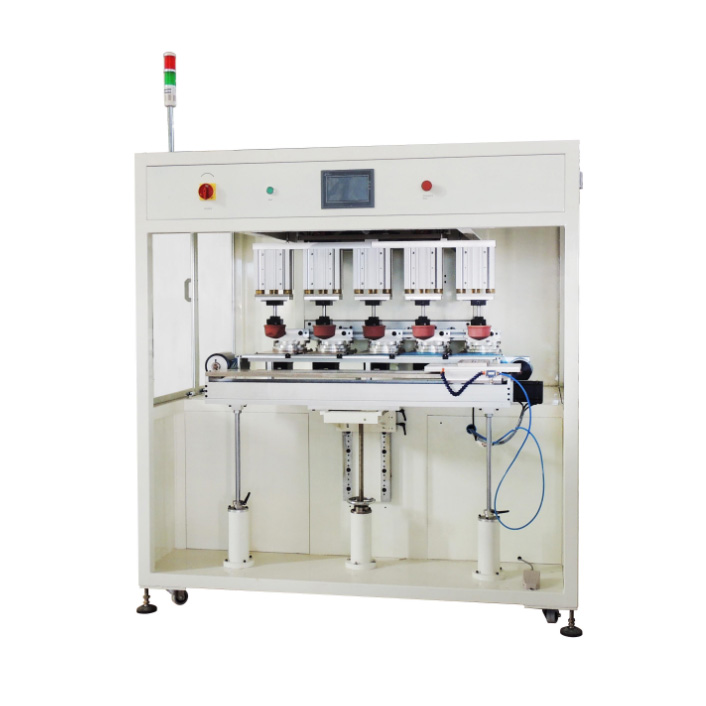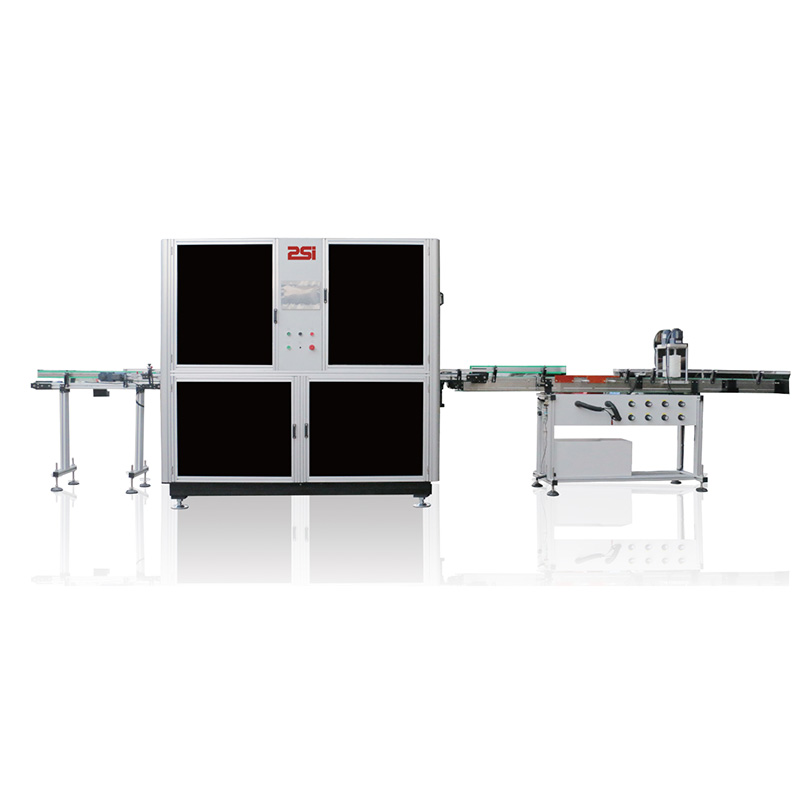2022 High quality Industrial Inkjet Printing Machines - IR4 rotary inkjet printer – PSI
2022 High quality Industrial Inkjet Printing Machines - IR4 rotary inkjet printer – PSI Detail:
Application
Cylindrical/conical bottles, cups, soft tubes
Plastic/metal/glass
General Description
Manual loading, auto unloading
Pre-treatment included with flame/corona/plasma
8 color printing system
Final UV curing
All servo driven system
Tech-Data
| Parameter Item | I R4 |
| Power | 380VAC 3Phases 50/60Hz |
| Air consumption | 5-7 bars |
| Max printing speed (pcs/min) | Up to 10 |
| Printing Diameter | 43-120mm |
| Product height | 50-250mm |
Product Introduction
Inkjet printing is a type of computer printing that recreates a digital image by propelling droplets of ink onto paper, plastic, or other substrates. Inkjet printers are the most commonly used type of printer, and range from small inexpensive consumer models to expensive professional machines.
The concept of inkjet printing originated in the 20th century, and the technology was first extensively developed in the early 1950s. Starting in the late 1970s, inkjet printers that could reproduce digital images generated by computers were developed.
The emerging ink jet material deposition market also uses inkjet technologies, typically printheads using piezoelectric crystals, to deposit materials directly on substrates.
The technology has been extended and the ″ink″ can now also comprise solder paste in PCB assembly, or living cells, for creating biosensors and for tissue engineering.
Images produced on inkjet printers are sometime sold under other names since the term is associated with words like “digital”, “computers”, and “everyday printing”, which can have negative connotations in some contexts. These trade names or coined terms are usually used in the fine arts reproduction field. They include Digigraph, Iris prints (or Giclée), and Cromalin.
Product detail pictures:

Related Product Guide:
Our advantages are lower prices,dynamic sales team,specialized QC,strong factories,high quality products and services for 2022 High quality Industrial Inkjet Printing Machines - IR4 rotary inkjet printer – PSI , The product will supply to all over the world, such as: Botswana, Bahrain, Melbourne, We aim to build a famous brand which can influence a certain group of people and light up the whole world. We want our staff to realize self-reliance, then achieve financial freedom, lastly obtain time and spiritual freedom. We do not focus on how much fortune we can make, instead we aim to obtain high reputation and be recognized for our goods. As a result, our happiness comes from our clients satisfaction rather than how much money we earn. Ours team will do best for you personally always.
The company comply with the contract strict, a very reputable manufacturers, worthy a long-term cooperation.





